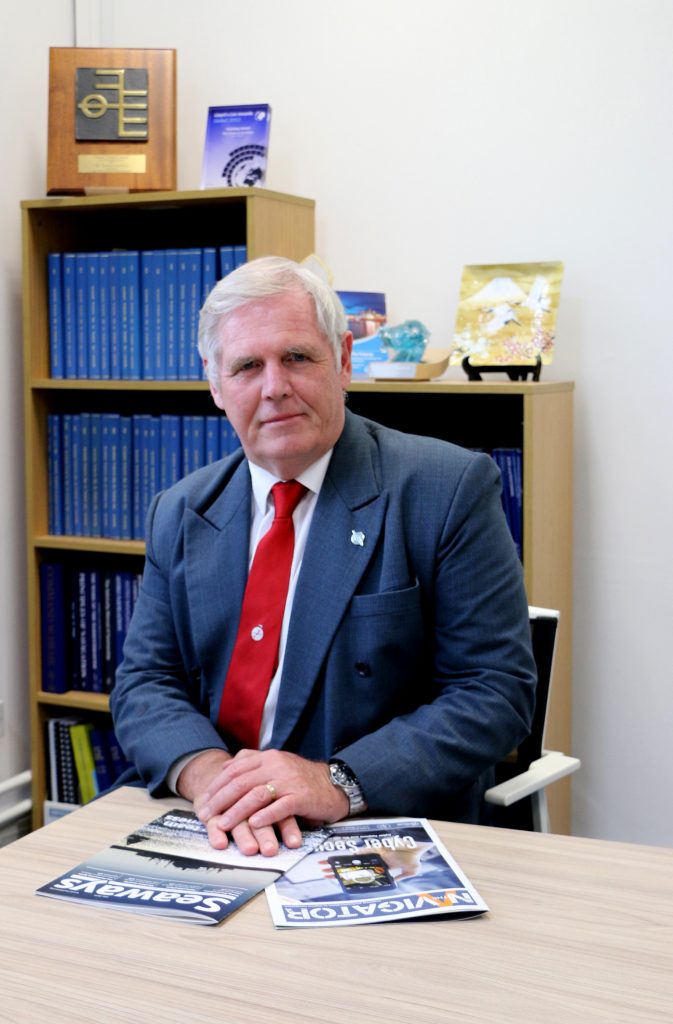The issue of declining skilled seafarers is a problem affecting the entire shipping industry. In a move to garner possible solutions, industry professionals will hold a panel at the Seatrade Offshore Marine & Workboats Middle East (SOMWME) to discuss how automation and advances in connectivity could perhaps solve the looming skills crisis.
Emma Howell, group marketing manager, Seatrade portfolio, UBM EMEA, said: The number of skilled personnel across multiple functions has been in decline for a number of years. In 2010, The Manpower Report by BIMCO/ISF calculated the global supply of officers stood at 624,000, compared to a demand for 637,000, concluding the figures were near-ideal.
However, by 2016, the shortfall stood at 16,500 officers and is predicted to rise to 147,000 worldwide by 2025. In the United States, figures published in 2016 by the U.S. Maritime Administration placed the countrys shortfall at 70,000 mariners by 2022. If continued, this trend could effectively mean the end of shipping trade.
Moderated by Captain Michael P. Elwert, group chief executive officer, Elektrans Group, the panel will feature William Tobin, underwriting syndicate manager offshore, The Shipowners Club and Captain John Lloyd, chief executive officer, The Nautical Institute, as well as Revd Dr Paul Burt, regional director, Gulf and South Asia, Mission to Seafarers.
Captain Lloyd commented: The increasing sophistication of technology is opening the door to serious discussions about the remote control of ships, perhaps one day leading to completely autonomous vessels. While moving in this direction gives wonderful opportunities to improve reliability, one of the key challenges will be to balance the cost of reliability against performance and financial viability through savings. That is really a matter for the technologists and the economists to address.
SOMWME will be held at Abu Dhabi National Exhibition Centre (ADNEC) from 25 27 September 2017, where speakers at the Manning Update will assess the role of automation in tackling the ongoing challenge.




